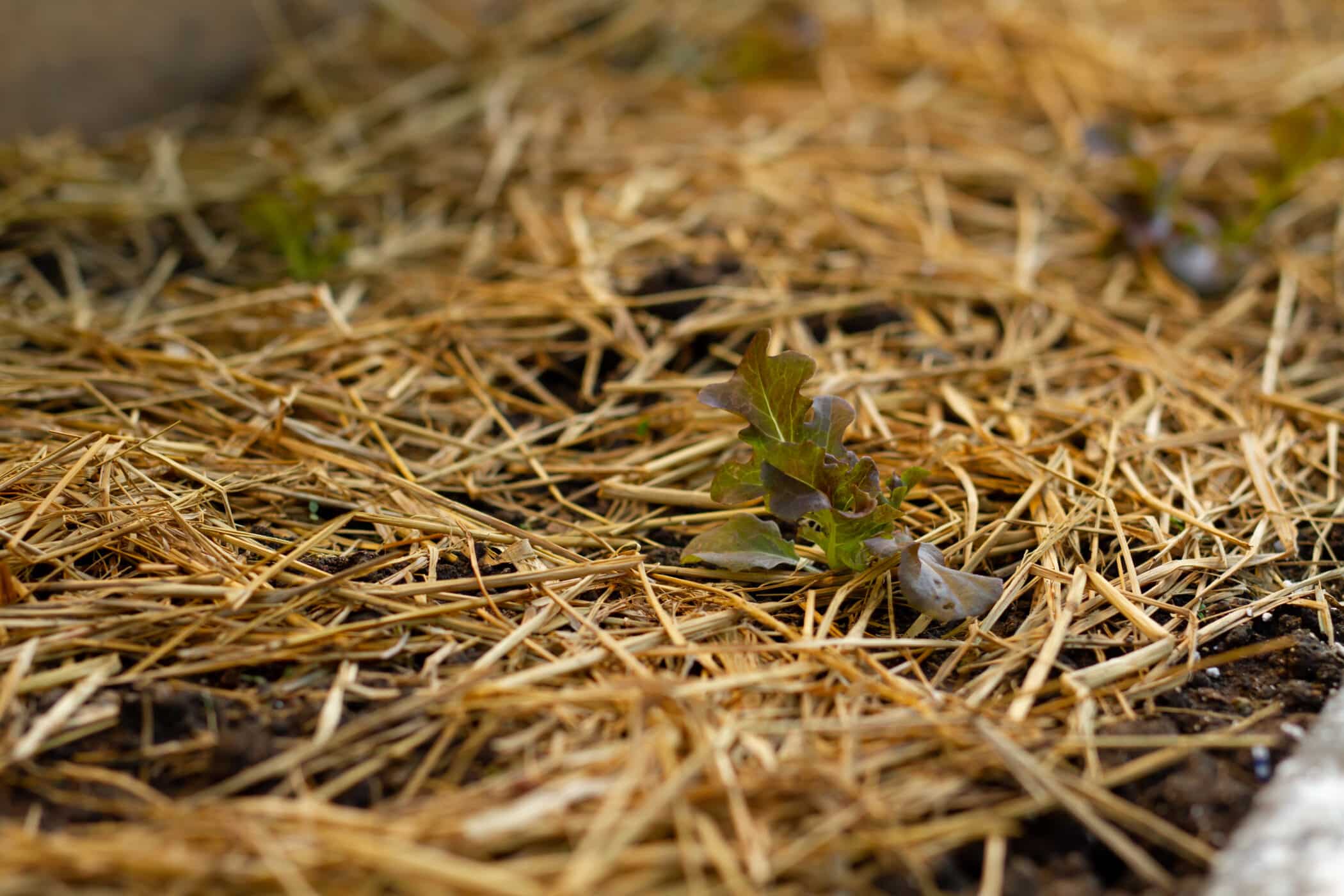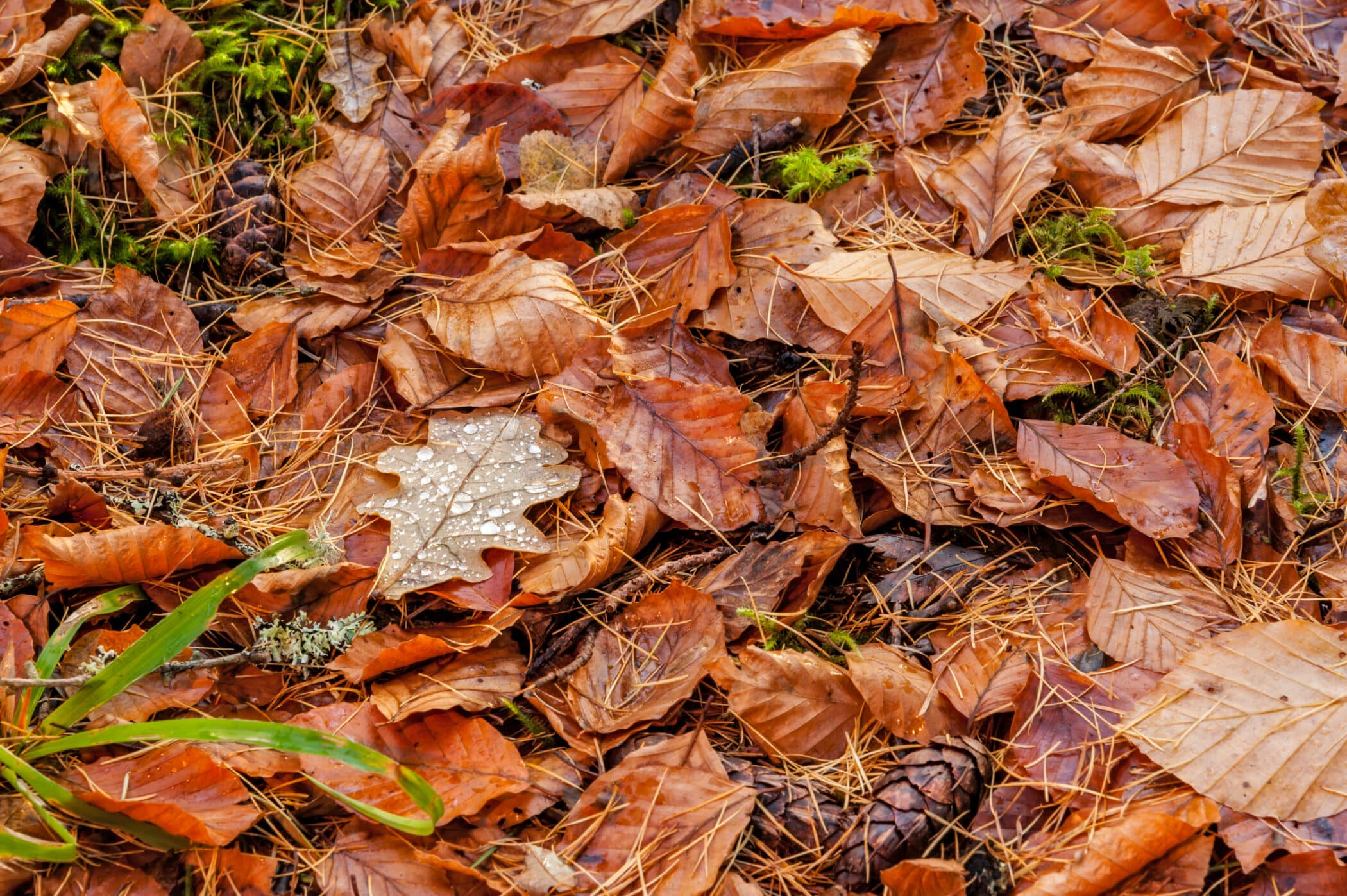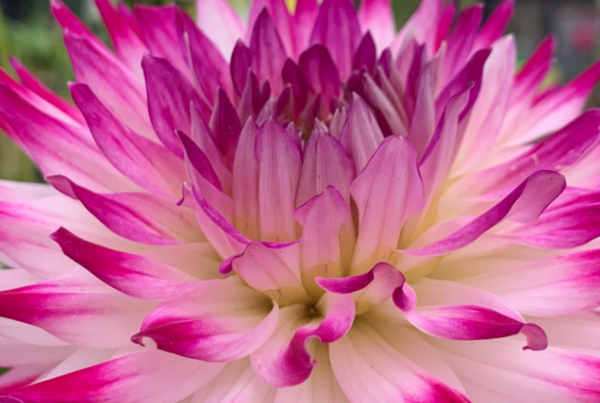Why should you mulch your garden and how to do it.
Even though the word mulch may sound like the noise made by a pair of boots stepping into deep mud, it is a very beneficial practice for all gardens big or small.
Applying a thick layer of mulch material to your garden provides many benefits such as – actively supressing weed growth, improving soil structure and saving you water in the warmer months whilst sheltering your garden from frost in the colder. It also creates a great decorative finish to your plots.
A pretty good allrounder!
Should I Mulch now?
Yes! Mulching can be done at any time of the year, but now in January is a particularly good time to start as it’s a good month to prep and plan your garden for the year ahead.
In the wintertime, mulch will also act as a cosy warm blanket to insulate and protect your existing plants from the freezing weather and harsh frosts.
Cover up those unplanted areas too to discourage weed growth and feed the soil ready for spring planting and vegetable sowing.
What can I use as Mulch?
Mulch comes in many forms and can be either biodegradable or non-biodegradable.
Over time Biodegradable mulch breaks down to release nutrients into the soil, feeding your flowers as well as the worms! As this organic matter rots you will need to replace layers of mulch to keep your plots topped up throughout the years.
Some great biodegradable materials are -Â

Garden Compost – Cheap, cheerful and easily made at home.

Shredded bark & Wood chippings – Great decorative options

Straw – For vegetable gardens and strawberry plants

Leaf mould – Pine needles are great for acid loving plants!
Many gardeners favour these materials as they provide the soils with rich nutrients that non-biodegradable materials such as slate, pebbles, stone and gravel do not provide.
Let’s get mulching!
- Start by removing any unwanted plant material or weeds from the areas you wish to cover.
- Ensure the soil is sufficiently moist before you lay down your mulch or even better, lay it down after a good rainfall.
- Cover the area in a thick, roughly estimated, 5cm layer of mulch surrounding your existing plants. Take care not to smother low growing and young plants as you go.
- Remove mulch from around the stems of your plants as this can make them weak and promote infections.
- Use a rake to gently even out your top layer
- Enjoy your freshly mulched Garden!



















